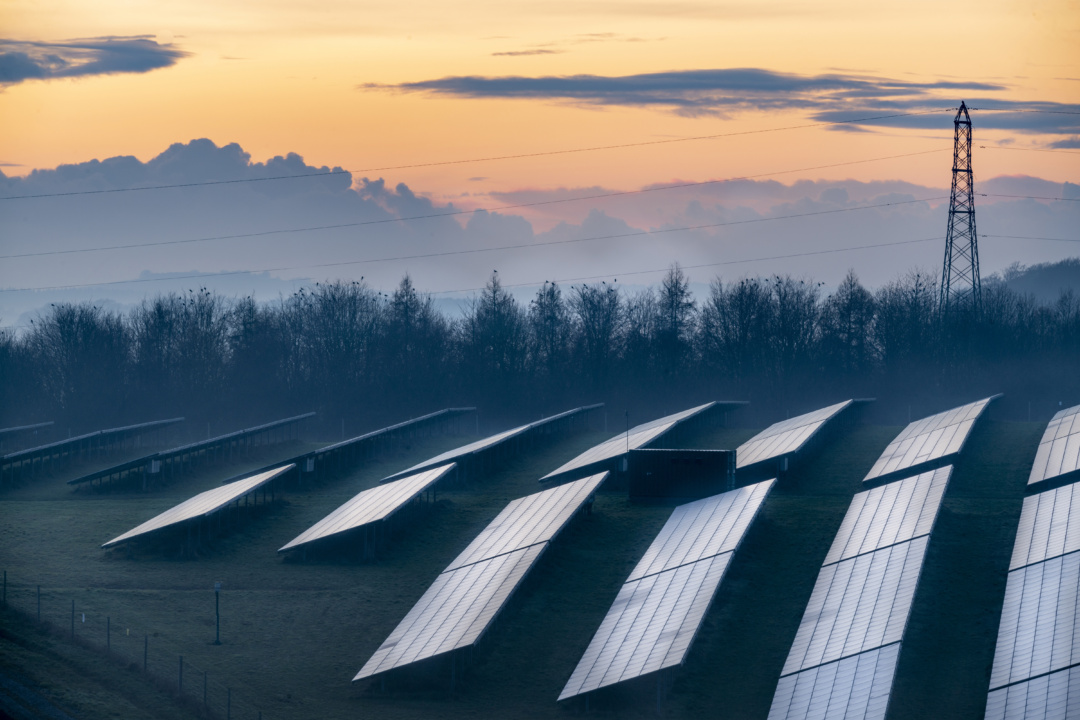In 2021, Canada passed legislation to drastically reduce the greenhouse gas emissions contributing to climate change by the year 2050.
Pollutants in the atmosphere caused by fossil fuels will either be:
- Reduced or eliminated, by no longer using carbon-burning fossil fuels.
- Offset, where the greenhouse gases emitted are balanced by other processes that are beneficial to the environment, like planting trees.
The result will be “net zero” emissions.
Electricity is the best solution to reduce greenhouse gas emissions.
Canada already has one of the cleanest electricity grids in the world, giving us a head start. Approximately 82% of electricity comes from non-greenhouse-gas-emitting sources.
In order for Canada to reach net zero, we will need to produce up to two to three times as much clean power as we do now. With clean energy becoming more abundant and more accessible, various industries will be required to electrify to eliminate or significantly reduce their reliance on fossil fuels. .
The Government of Canada has also committed that the electricity grid we are counting on must be net zero by 2035.
How can we reach Canada’s net-zero goals?
- Building more electricity infrastructure faster.
- Through Energy Efficiency measures
- Using all available technologies.
- Choose clean electricity rather than energy sources that emit pollutants.
